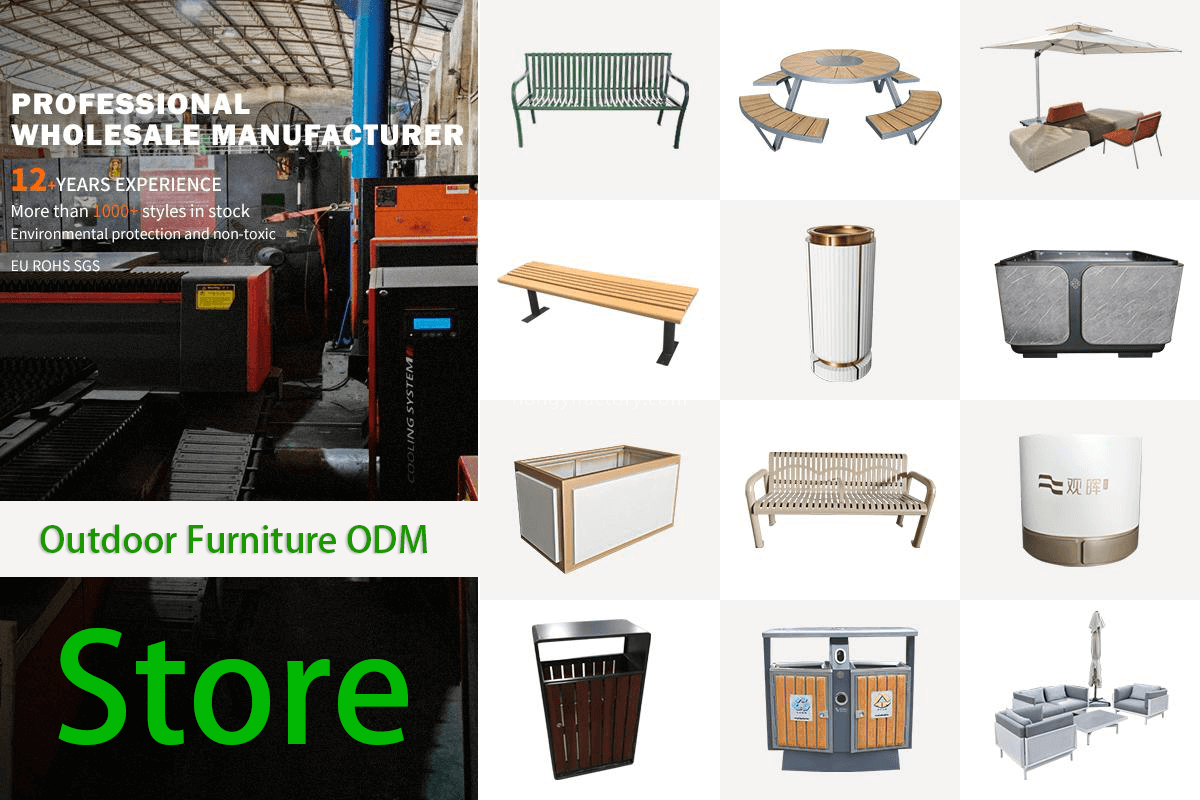Outdoor trash cans in public spaces often face wear and tear from various sources, including gait trainers used by individuals with mobility challenges. To ensure durability, designers must consider several key factors.
1. Material Selection: Opt for heavy-duty materials like reinforced steel, high-density polyethylene (HDPE), or powder-coated metal. These materials resist dents, scratches, and corrosion caused by frequent contact with gait trainers.
2. Sturdy Base and Anchoring: A wide, weighted base prevents tipping, while anchoring systems (e.g., bolting to concrete) add stability. This minimizes movement when gait trainers bump into the bin.
3. Rounded Edges and Smooth Surfaces: Sharp edges can snag or damage gait trainers. Rounded corners and smooth finishes reduce friction and prevent accidental harm to both users and the trash can.
4. Impact-Resistant Design: Incorporate flexible or shock-absorbent components, such as rubberized bumpers, to absorb impacts without compromising structural integrity.
5. Height and Accessibility: Position the trash can at an optimal height (typically 30-36 inches) to accommodate gait trainers while discouraging misuse or excessive force.
By integrating these features, outdoor trash cans can withstand the rigors of daily use, including interactions with gait trainers, ensuring longevity and functionality in high-traffic areas.


